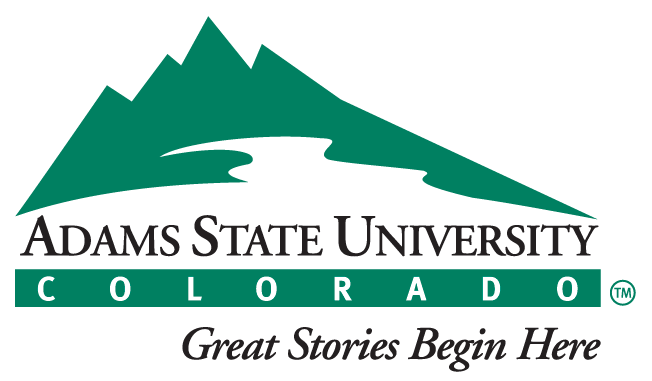The San Luis Valley Migrant Education Program recently made a move of its own – to Adams State University. Previously housed within the San Luis Valley BOCES (Board of Cooperative Educational Services), the Migrant Education Program is now located on ASU’s campus at the southeast corner of Second St. and Richardson Ave. (1424 Second St.)
According to Program Director Esmeralda Martinez, the move stemmed from changes at the federal and state levels. With federal funding through the Every Student Succeeds Act (ESSA), which replaced No Child Left Behind, the Colorado Department of Education oversees the state’s five regional Migrant Education programs. The Southwest Migrant Education program serves 23 school districts in the SLV and San Juan BOCES.
"By moving to Adams, we can take on more state-wide initiatives and create a better pathway to post-secondary education." Martinez said. "It will also allow more high school students to see the potential of higher education, and we can offer more opportunities for them to come on campus."
For example, 30 students from across Colorado participated this summer in the new Migrant STEM Academy. Developed in partnership with Adams State’s Title V STEM program (science, technology, engineering and mathematics), the week-long academy introduced students to opportunities for STEM education and careers. Martinez also looks forward to hosting the Summer Migrant Youth Leadership Institute (SMYLI) on campus.
Serving a yearly average of up to 640 students aged 3-22, the SLV Migrant Education program has a staff of nine education staff members who work with families of seasonal agricultural workers. The program connects families with community resources, monitors children’s achievements, and provides continuity as they change school districts.
"Children may attend four or more schools in a given year," Martinez said. "Our focus is shifting from providing supplemental education during the school year to keeping students engaged over the summer. For families who come in the summer, we help them get ready for the school year and assess and address educational gaps." Migrant families may also have needs that must be addressed in conjunction with education. "We help them find resources that help with utilities and home weatherization or provide coats and blankets, food and shelter."
Historically, she said, most migrant families were of Mexican background, but the demographics are changing to include more from Central America. "We used to primarily serve Spanish speakers, but now we also have students who speak Quanjobal, Cora, Navajo, English, and other languages."
In addition to area non-profit agencies and the Migrant Seasonal Head Start program, the Migrant Education Program also partners with Adams State’s CAMP (College Assistance Migrant Program). "CAMP is doing such a great a job of making sure students are successful in their first year at the university. Our new location on campus will help us introduce CAMP earlier in a student’s high school career. It will also help us see what our students’ post-secondary needs are and address them."
In addition to the pre-K-12 population, the program also works with youth who have left school, helping them earn a GED or enroll in college. "Our work is very rewarding, especially when we have a student who leaves and comes back and says he or she has graduated and wants to find out about work study employment and other support for a college education," Martinez said.
To learn more about the SLV Migrant Education program, or to refer a family who may benefit from services, contact:
- Christina Vargas: 719-589-3455
- Esmeralda Martinez: 719-480-1015


